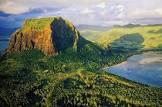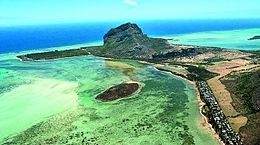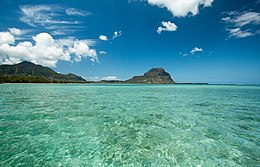Le Morne Cultural Landscape is a rugged mountain range jutting into the Indian Ocean in southwestern Mauritius, which was used as a refuge by escaped slaves, the Maroons, in the 18th and early 19th centuries. Protected by the mountain’s isolated, wooded and almost inaccessible cliffs, escaped slaves established small settlements in caves and on the summit of Le Morne. Oral traditions associated with the Maroons have made Le Morne a symbol of the slaves’ struggle for freedom, suffering and sacrifice, all of which are linked to the countries from which they came - mainland Africa, Madagascar, India and Southeast Asia. In fact, Mauritius was an important stopover in the eastern slave trade and is known as the “Republic of the Maroons” because of the large number of escaped slaves who lived in Le Morne.
| start time |
2008-01-01T00:00:00Z |
| end time |
2011-01-01T00:00:00Z |
| start time |
2008-01-01T00:00:00Z |
| official name |
مشهد مورن الثقافي |
| official name |
Le Morne Cultural Landscape |
| official name |
Paisaje cultural del Morne |
| official name |
Paysage culturel du Morne |
| official name |
ル・モーンの文化的景観 |
| official name |
Cultuurlandschap Le Morne |
| official name |
Культурный ландшафт Ле Морн |
| volume as quantity |
World Heritage selection criterion (vi) |
| area |
2405 |
| applies to part |
buffer zone |
| image |
http://commons.wikimedia.org/wiki/Special:FilePath/Le%20Morne1.jpg |
| media legend |
Le Morne Brabant |








